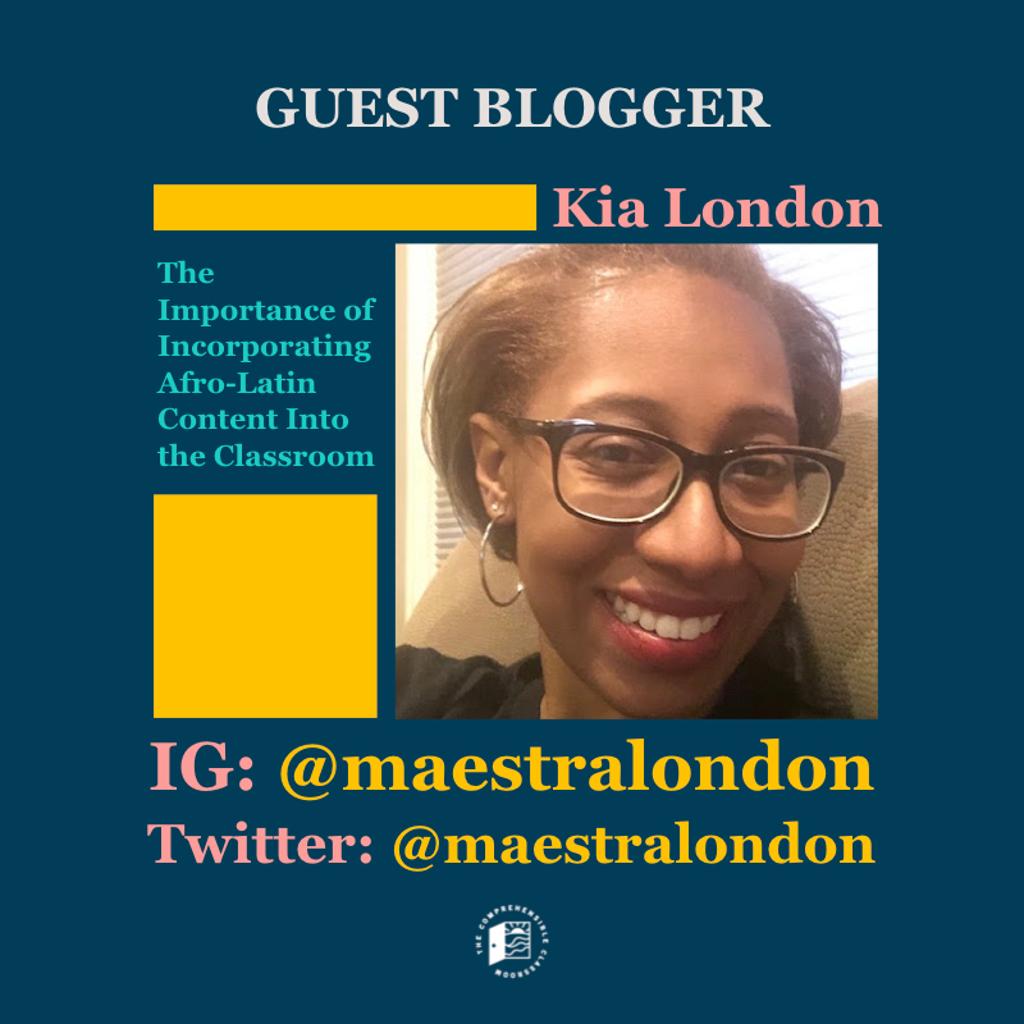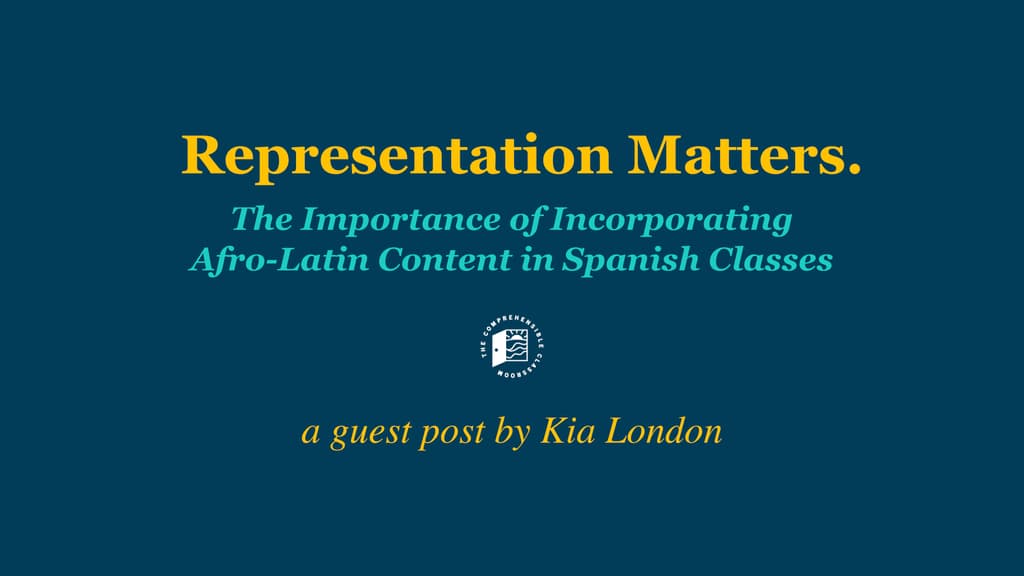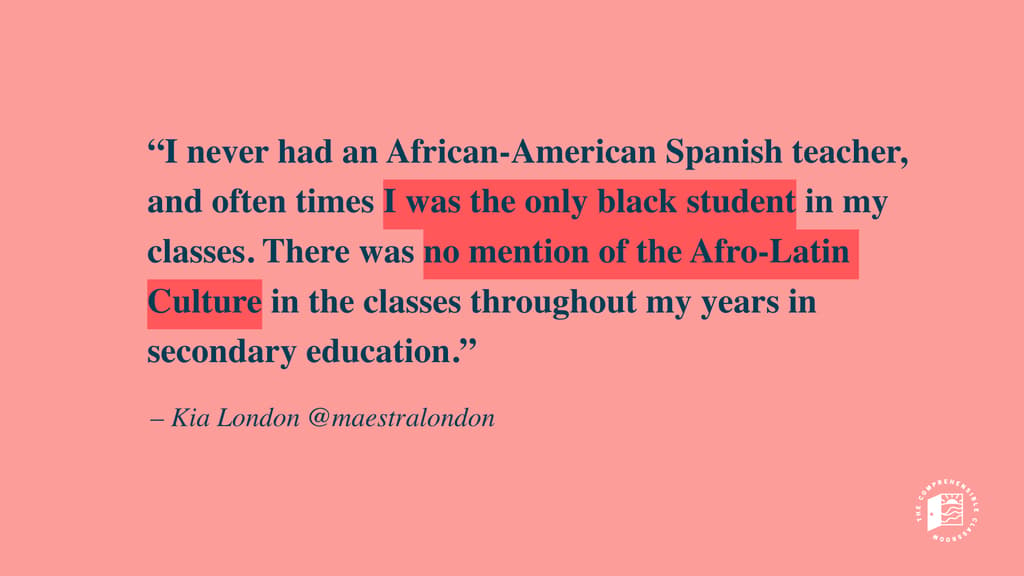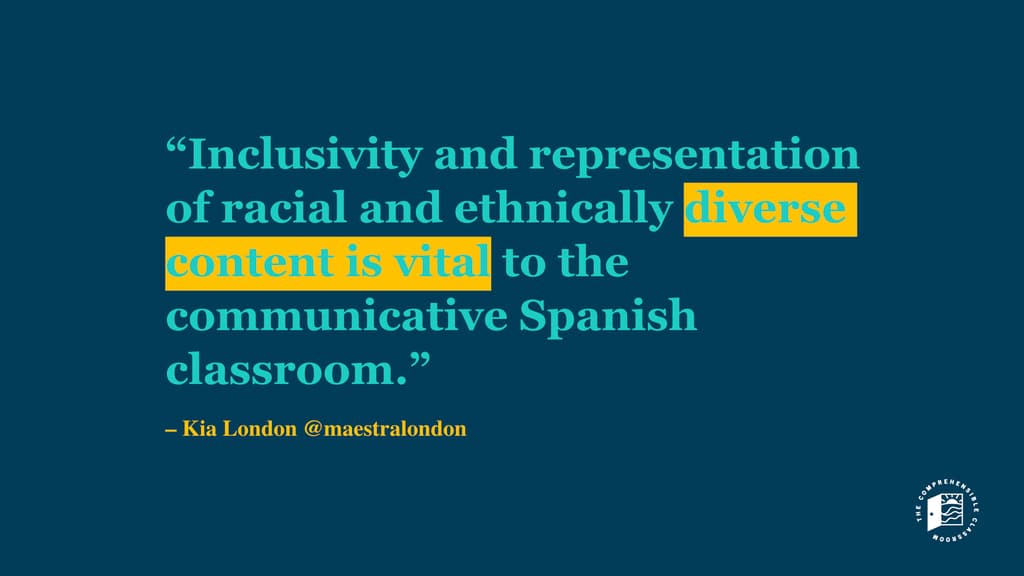My parents were the first African-Americans to speak Spanish to me. When they did, I thought, Wow! That’s cool. They know how to speak another language. Their knowledge of the language came from their professional experiences. Little did I know at the time, this would have an impact on my life.
The Importance of Incorporating Afro-Latin Content Into the Classroom
The majority of my Spanish language education experience was predominantly taught by white educators. I never had an African-American Spanish teacher, and often times I was the only black student in my classes. There was no mention of the Afro-Latin Culture in the classes throughout my years in secondary education. The first time I learned and began to study the culture was when I enrolled in a class during my undergrad about the African Diaspora. It was at that point that I knew I wanted to continue my studies of the Caribbean and its connections to Africa.
Before graduating from the University of Iowa in 2003, I studied abroad in Spain and Cuba. The trip to Cuba changed my entire outlook of what I thought I knew about Spanish speaking cultures. While acquiring the folkloric music and dance taught by Los Muñequitos de Matanzas, a well-known Afro-Cuban Rumba group, a whole new world opened up to me. I could share personal experiences and form friendships with members of the community who looked like me and spoke Spanish. It was amazing! There was a sense of belonging that came over me to know that this was part of my history as well.
Representation of racial and ethnically diverse content is vital
Inclusivity and representation of racial and ethnically diverse content is vital to the Spanish communicative classroom. As we lead with culture, we must share the multifaceted aspects of all Spanish speaking communities. My goal is to ensure that my students are provided with a global lens of the culture through stories, music, and dance. That they are appreciative of different cultures other than their own, that they recognize their own biases, and are open to learning about diverse perspectives.
Representation must be consistent.
In addition to celebrating Black History Month in your language classes, be it through a specific unit on Afro-Latin representation or a lesson that highlights the accomplishments of black people, be consistent. Make a commitment to integrate the content when February is over. Build it into your curriculum! If this is something that you have not been implementing, let this be a reflective moment for you to consistently incorporate racial and ethnically diverse content all year round. Where there are other Spanish speaking communities that have been marginalized from the Spanish speaking world, make it a goal to teach on those throughout the year as well.
Let’s continue to do the work, be influencers, and change our students’ experiences in the language community!
-Kia
About the author:
Kia London is a passionate and committed educator, presenter, blogger, and Chicago Chapter Executive Council Member of the AATSP (American Association of Teachers of Spanish and Portuguese). With fourteen years of experience, she has taught all grade levels K-12 in the private and public sectors. Kia currently teaches Spanish at the middle school level in the northwestern suburbs of Chicago, Illinois.

Connect with Kia!
- Twitter: @MaestraLondon or @trailblaze_lang
- Website: https://www.trailblazeintolanguagelearning.com
- Instagram: @trailblaze_language
- Gmail: trailblazeintolanguagelearning
From Martina:
I first connected with Kia on Twitter and Instagram, and her presentation on Infusing Afro-Latin culture into the Spanish World Language Classroom at the 2019 ACTFL Convention caught my eye. Kia will be presenting at several online, regional, and international conferences in the coming months, and I was excited to find out that she'll be attending MittenCI in April 2020. If you are a Spanish teacher looking for specific ways to answer Kia's call and represent diverse communities in your language classes year-round—not just during February, but also during February–Kia would love to support you!
Interested in more Afro-Latino resources for Spanish classes? Check out this post from The Comprehensible Classroom archives.
Guest posts on The Comprehensible Classroom blog are by invitation only.









